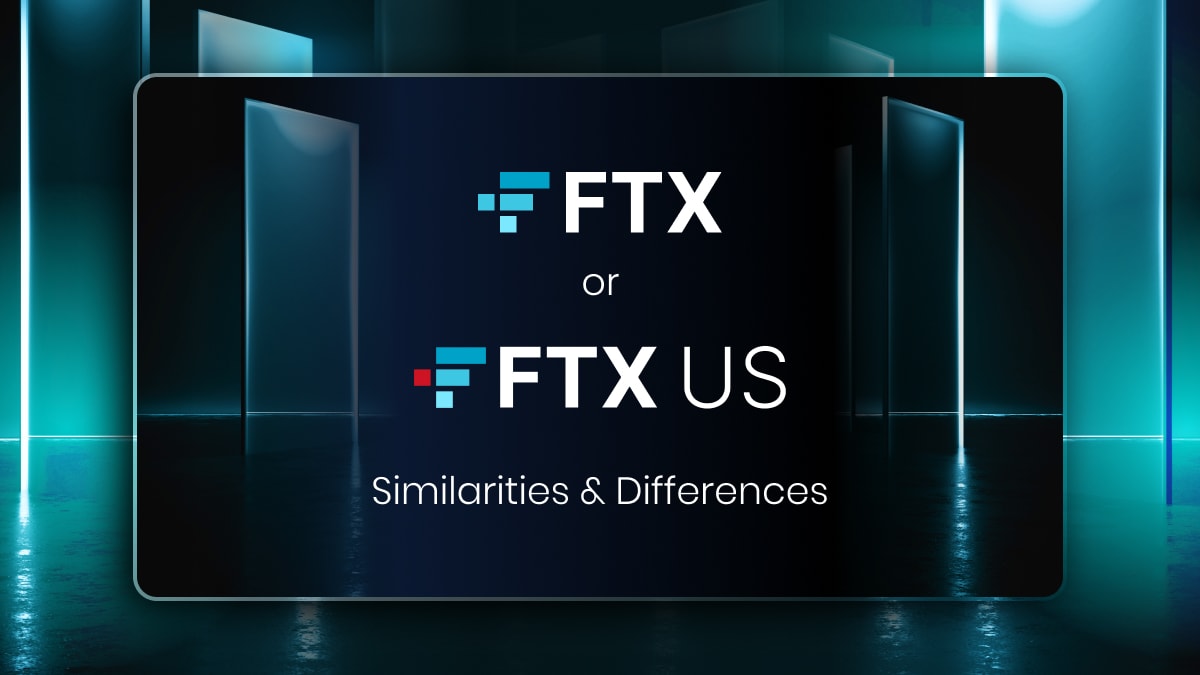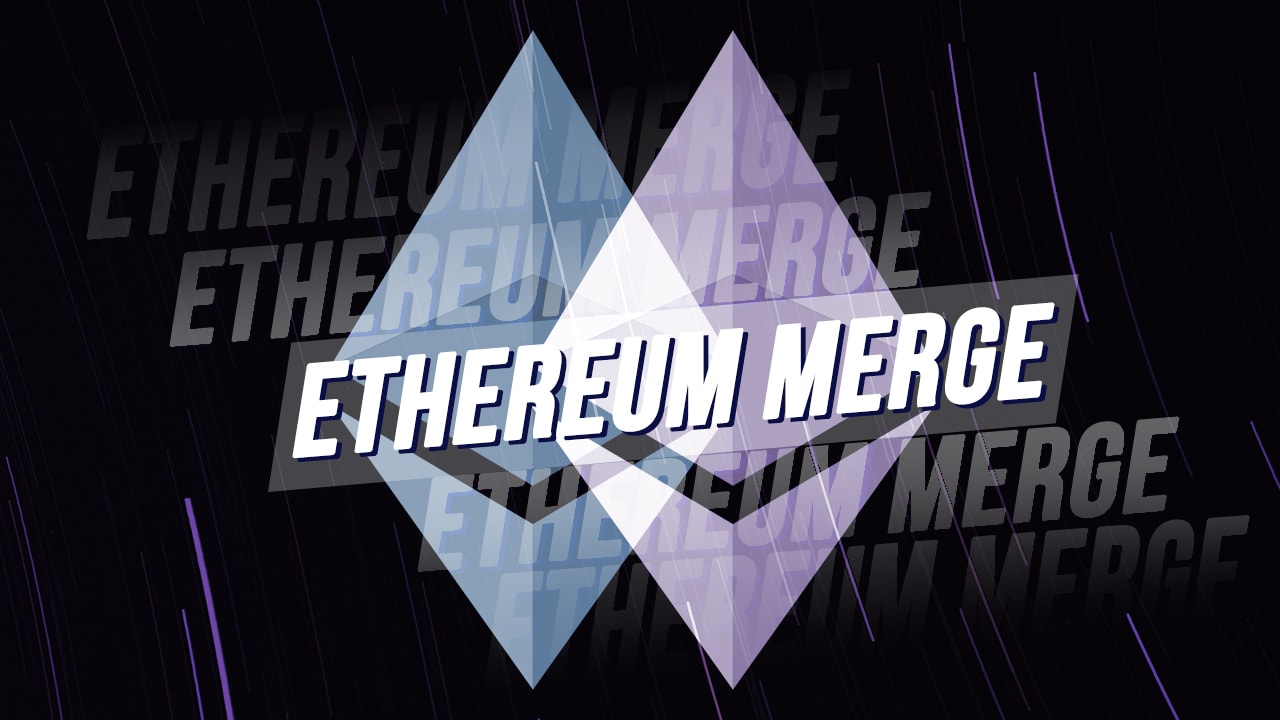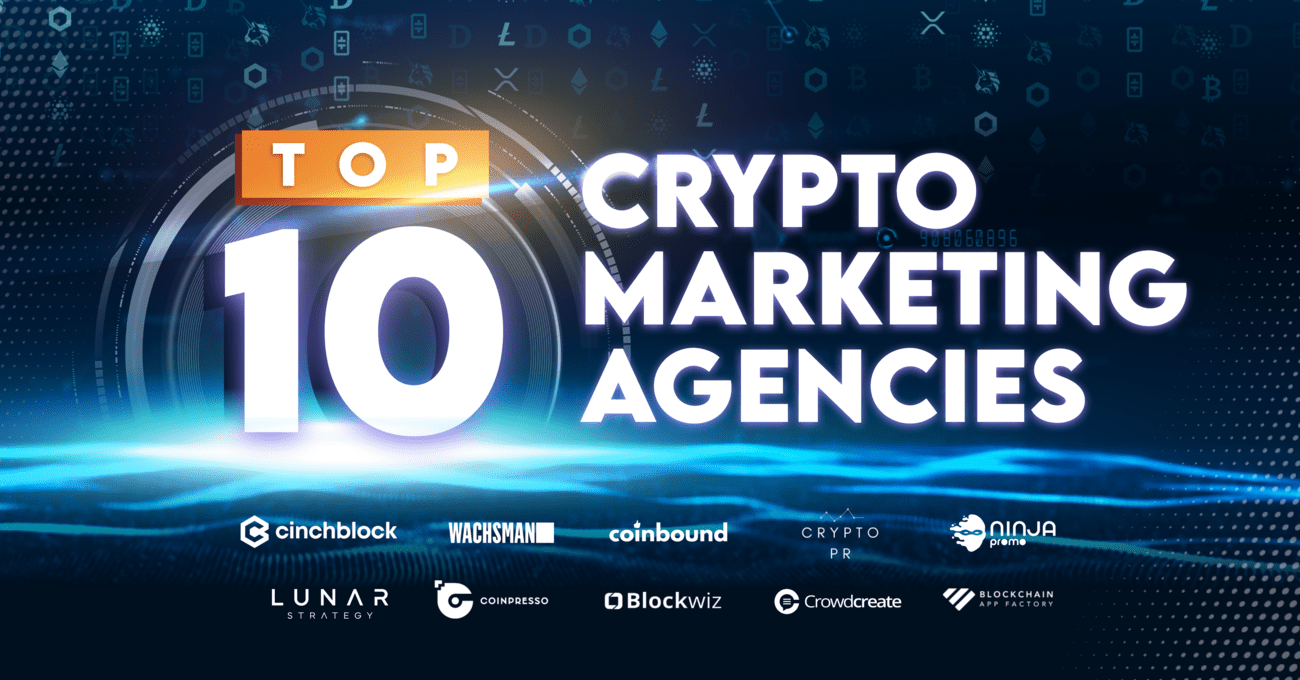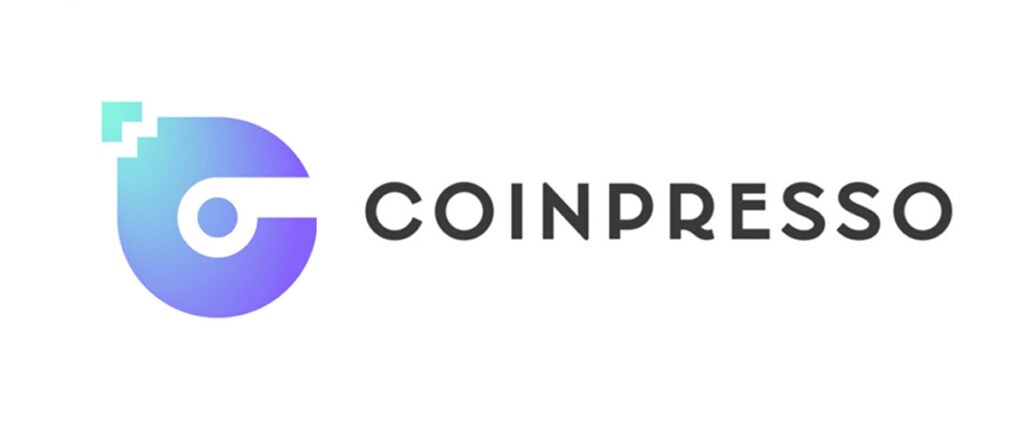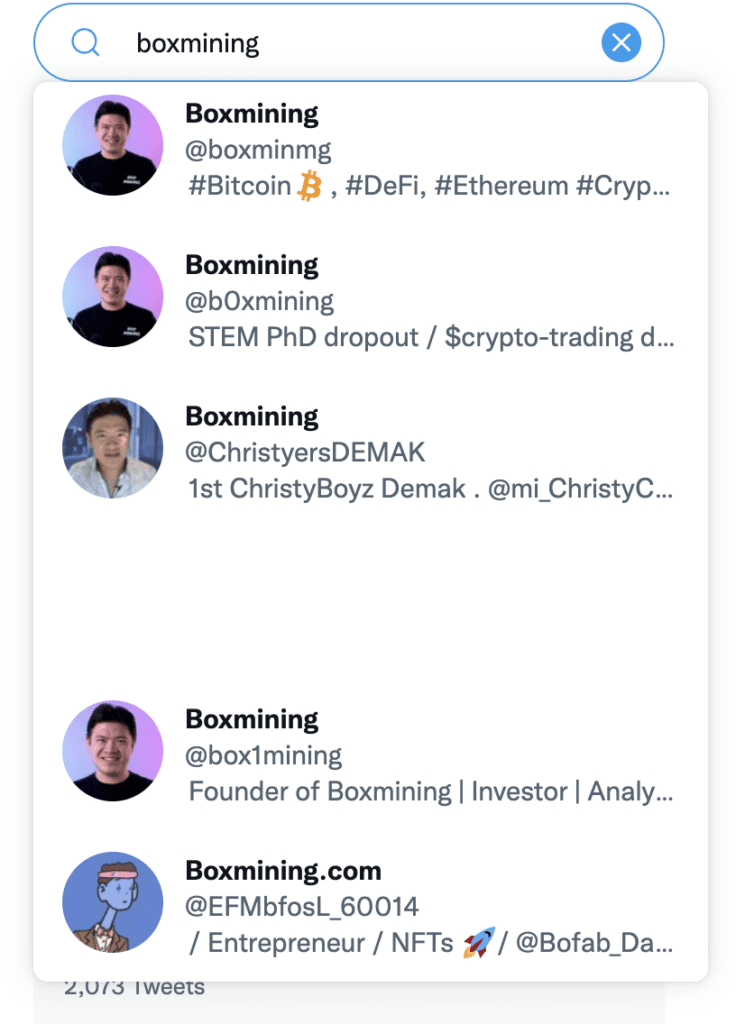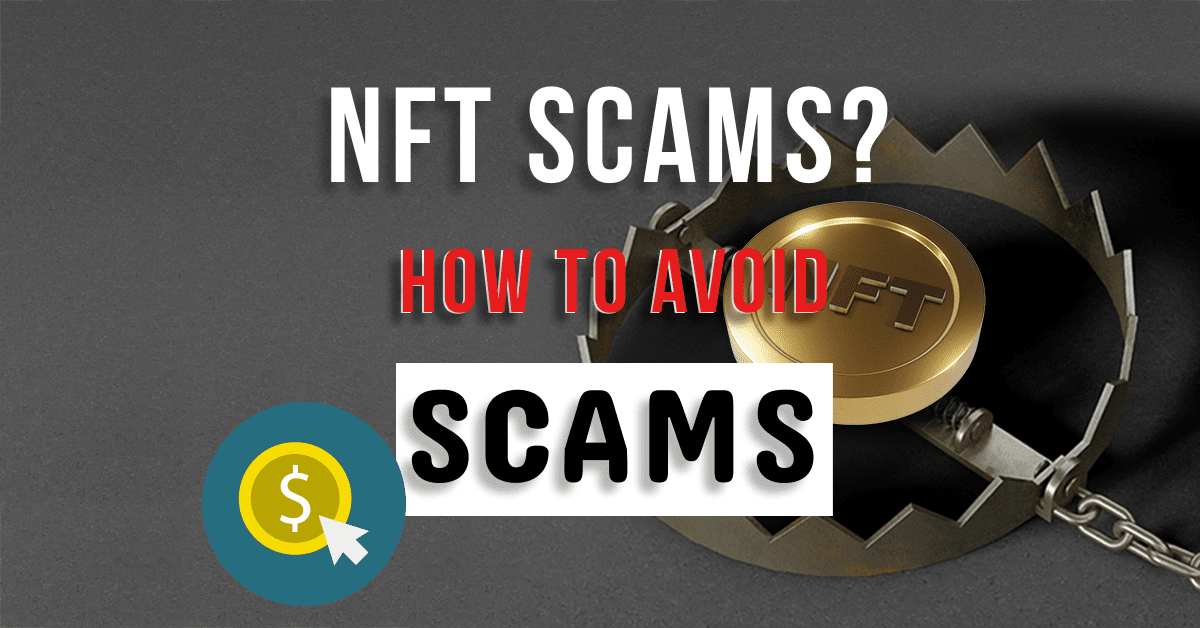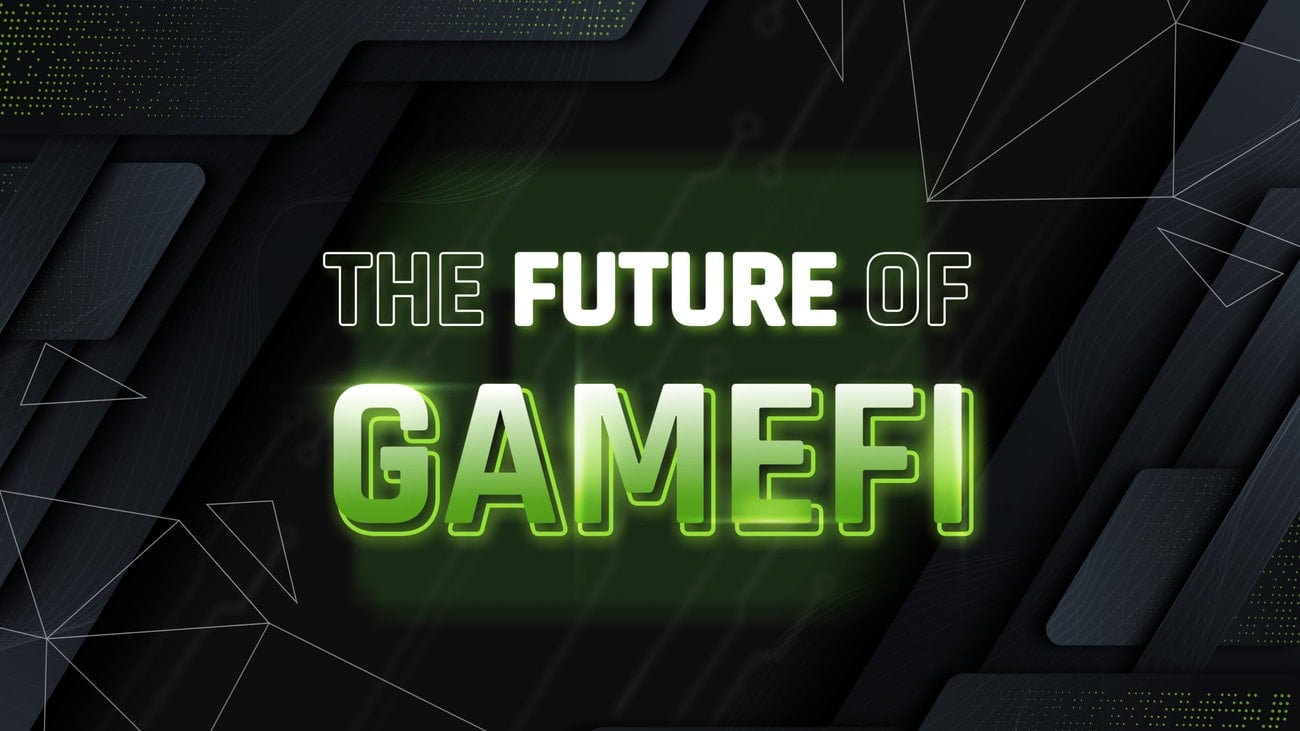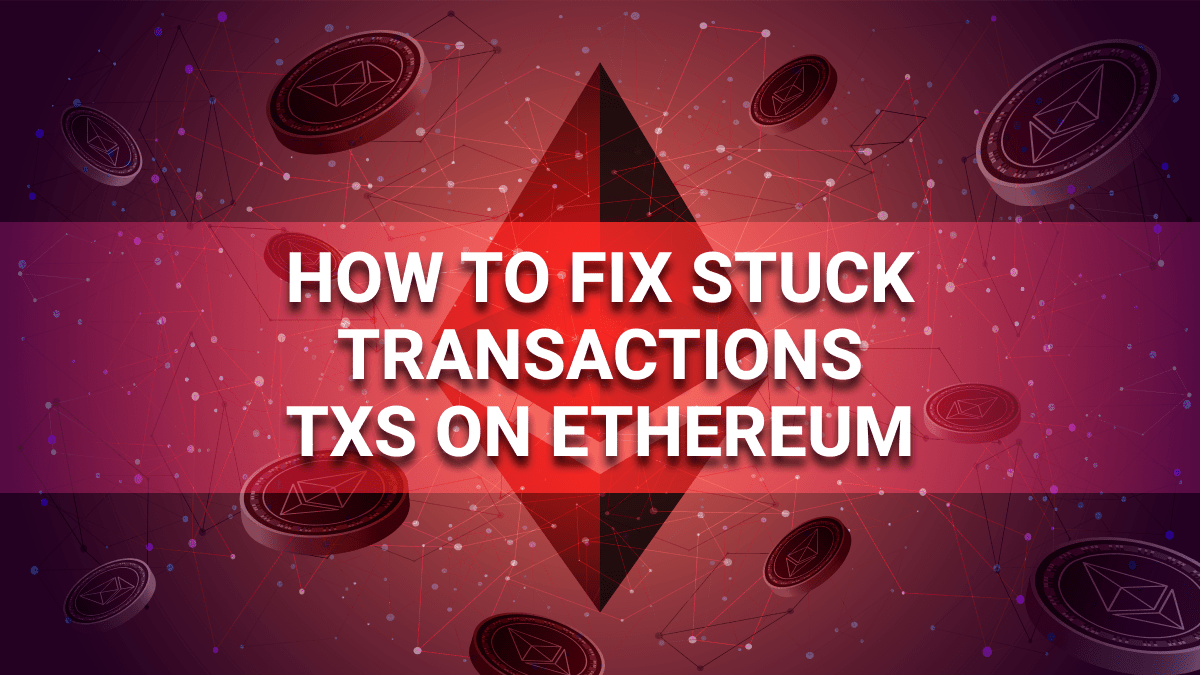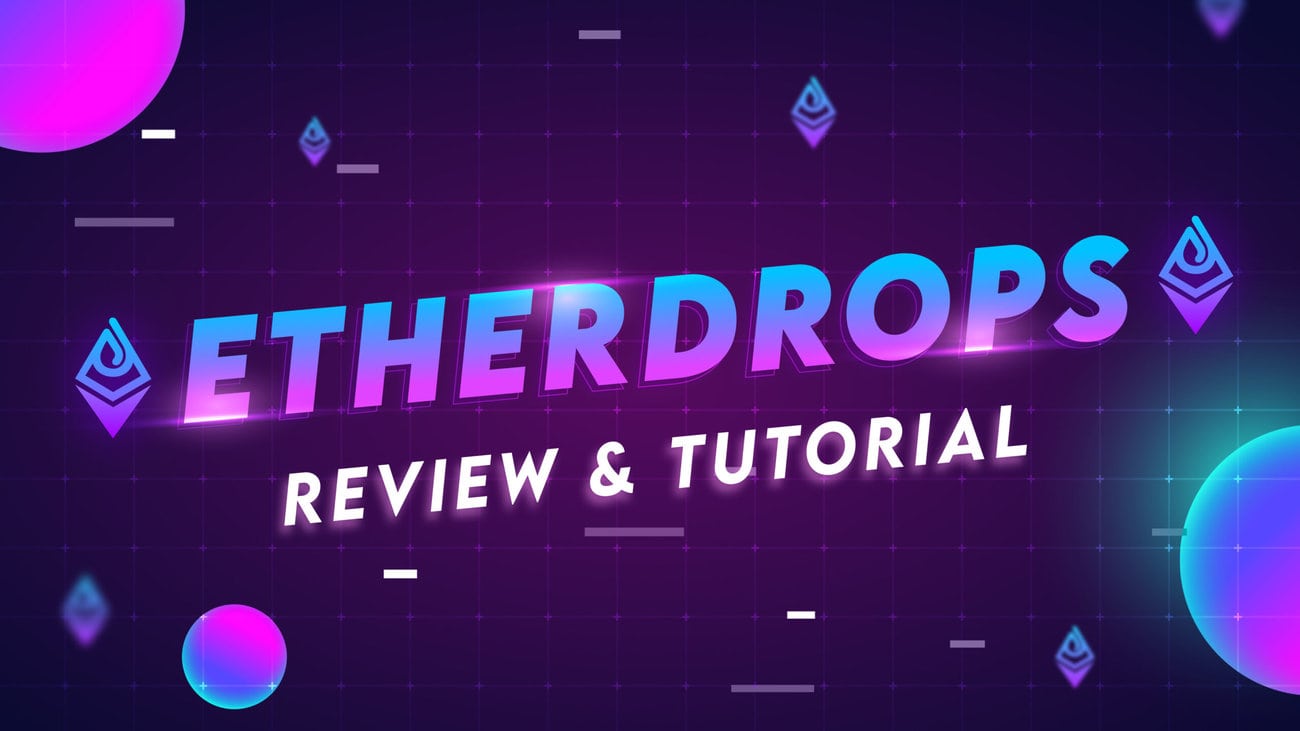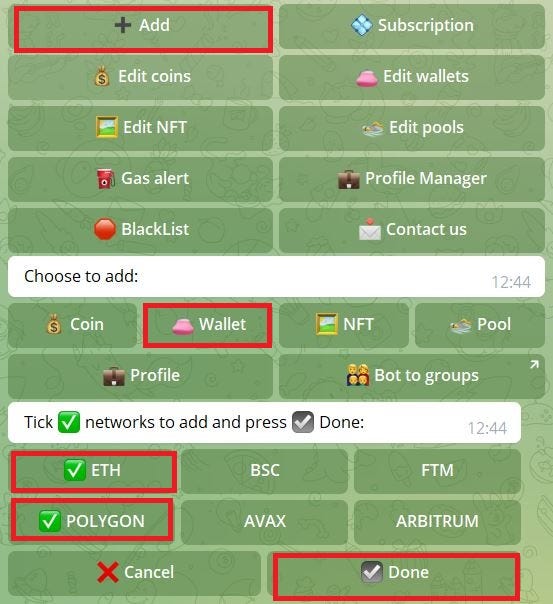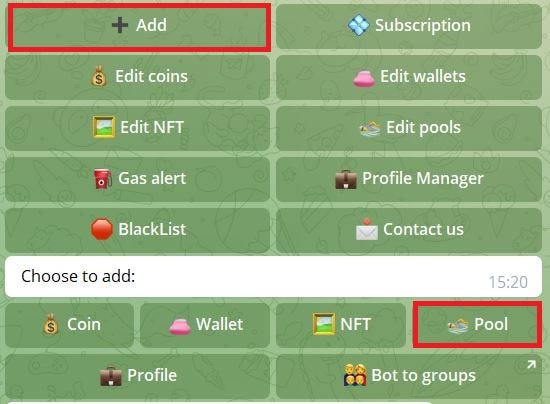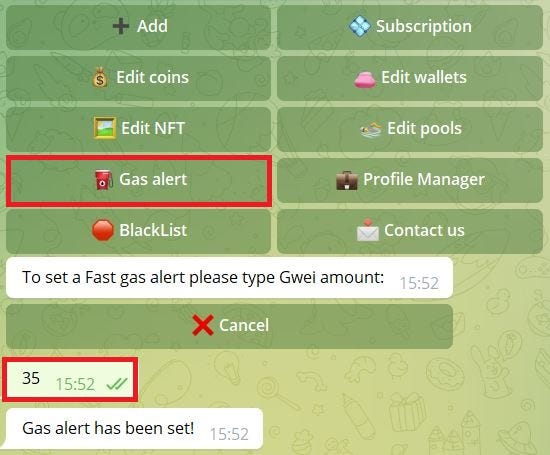Funding rates are periodic payments by cryptocurrency exchanges to traders based on the difference between the perpetual contract market and spot prices. Depending on your standpoint, you could either stand to receive payment or be the party paying it. Many cryptocurrency traders take advantage of crypto funding rates to earn passive income. In this guide, we look at how crypto funding rates work and how you can earn passive income from them.
What are traditional futures vs perpetual futures contracts in crypto trading?
To understand what is a funding rate, we must first know the difference between Traditional Futures and Perpetual Futures contracts.
A key feature of traditional futures contracts is the expiration date. Traditional Futures contracts usually settle (expire) once a month or quarter. And when this happens, the settlement procedure begins. During this settlement period, the contract price converges with the spot price and then all open positions will expire.
Crypto-derivative exchanges like Binance often provide Perpetual Futures contracts, which have a similar structure to Traditional Futures contracts. Perpetual contracts, on the other hand, have a significant advantage. The advantage of perpetual contracts is that they do not have an expiry date. So traders can, for example, keep a short position open indefinitely unless they are liquidated.
Furthermore, Traditional Futures usually have a broker who will ask the trader to top up the amount accordingly based on “margin calls” i.e. the margin difference between the contract price and the spot price.
Due to the fact that perpetual futures contracts never settle or expire, cryptocurrency exchanges require a system to ensure that futures and index prices converge on a regular basis. This is where the concept of the funding rate comes in.
What is a Funding Rate?
Funding rates are periodic payments to long traders, which predict the market will go up, and short traders, which foresee the market will go down. The funding rate amount is based on the difference between the perpetual contract market and spot prices. So, depending on the traders’ position, they can either stand to pay or receive the funding rate.
When the funding rate is positive, the price of the perpetual contract is greater than the mark price. In such cases, long traders pay short traders. Conversely, the funding rate is negative when perpetual prices are below the mark price. This is when the short traders pay the long traders.
Why do Funding Rates Exist?
Futures contracts expire (settle) at a future date. When this happens, the futures price will meet with the current spot price. That is, the futures price is a predetermined spot price at a predetermined date in the future.
The futures market can be in one of two states relative to the spot price:
- Contango: The futures market is trading above the spot price; or
- Backwardation: The futures market is trading below the spot price.
The difference between the futures and spot market is called the “basis”.
Whilst perpetual contracts do not expire, they still need to settle at a spot price. However, there are sometimes differences in the cryptocurrency’s prices between the spot and futures prices on an exchange. This is despite the fact that they should be in line since they need to settle against each other over time.
Therefore, to keep the spot price and the perpetual contract prices in line, exchanges add an interest rate component (i.e. a funding rate). This funding rate incentivizes traders to take positions that help close the price gap, whilst penalizing those that do the opposite. In essence:
- When the funding rate is positive, those who are long pay those who are short. This means those who are short will benefit. Therefore, people are incentivized to take short positions; and
- When the funding rate is negative, those who are short pay those who are long. So if you are in a long position, you will receive the funding paid by those who are short.
Traders try to avoid paying the “penalty” by closing their long or short positions before the funding rate expires. When traders do this, the prices between the contracts and spot prices will begin to converge.
For example, when the contracts price is above the spot price, the funding rate is positive. In such cases, those who are long pay those who are short. Traders with long positions are encouraged to close their positions before the funding rate expires to avoid paying those with short positions. Meanwhile, traders are incentivized to open short positions because they can receive payment. The effect of this is that the contracts price will be pushed down and the gap between that and the spot price will be closed.
On the other hand, when the contract price is below the spot price, the funding rate is negative. Shorts will pay the longs. Therefore, traders with short positions will try and close their positions to avoid payment and open long positions to receive payment. Thus, the contract price will be increased to meet the spot price.
What is the Purpose of Funding Rates?
The purpose of funding rates is to prevent continued divergence in the perpetual contract market and the spot price for a cryptocurrency. And since prices of cryptocurrencies are consistently fluctuating, the funding rate has to be recalculated periodically. For example, some exchanges like Binance will recalculate their funding rates every 8 hours.
How to Make Money and Earn Passive Income from Funding Rates
One tip to make some “passive income” from funding rates is to buy AND short the exact same amount of the cryptocurrency you put your money on.
This method balances the positive and negative funding rates, where technically you do not have a position in that particular cryptocurrency market since it is counterbalanced.
However, your short trading will get paid on an hourly basis. So, you can get “passive income” on the side, even though overall it mostly turns out to be net value since you have the positive trades too.
A lot of large trading firms use this defunding method to get large sums of money quickly.
Conclusion
Crypto funding rates are an integral feature of the perpetual futures market Most cryptocurrency exchanges use funding rates to ensure that contract prices are always in line with spot prices. In turn, traders can benefit from taking advantage of funding rates to earn some passive income with funding fees.
To learn more about how to profit from funding rates on different exchanges, check out these articles:





